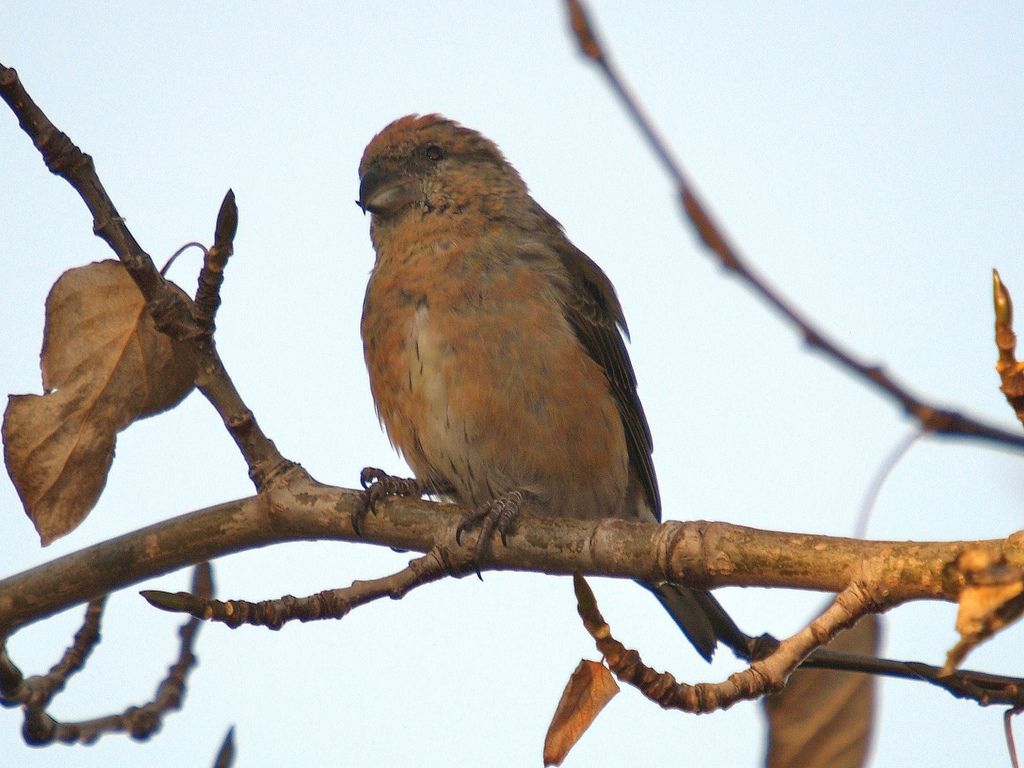Thrunton Woods
The car park in Thrunton Wood offers a delightful picnic area, an information point (unmanned) and the starting point for three colour coded waymarked walks.
Waymarked Trails
The walks are of varying length and difficulty and provide walkers with a chance to get right into the wood and explore.
Probably the most interesting both from a scenic and ornithological point of view is the Crag Top Walk Coe Crags and Long Crag (green trail approx 2 miles)
Follow the forest ride from the car park, then to the right up the road running along the edge of the crag. This is an ideal place to set up a telescope to scan for raptors..Common buzzard should be visible and the visitor should not rule out accipiter's , Sparrowhawk and goshawk and possible hobby, as they are increasing their range accross the UK. Roe deer, badger and red squirrel are also present in the wood aswell as common coniferous species such as Woodcock (dusk), Cuckoo in spring and coal tit, jay all year.
To the north is Whittingham and beyond that the backdrop of the Cheviot Hills - Hedgehope, Cheviot and Bloodybush Edge.
The path continues over the hill, dropping down to join the forest road back to the car park.The Crag Top Walk (way-markded green trail) is ideal if you only require a short walk to stretch your legs or to walk the dog. This trail includes resting places with picturesque views of Whittingham and beyond. The melodious sound of woodland birdsong can be heard in summer and often roe deer can be spotted amongst the trees.
Crag Top Walk Thrunton Wood can be started from Thrunton Wood Car Park in Thrunton which is part of Rothbury. Thrunton and Rothbury are the nearest towns or villages.
Follow Brown Tourist Information signs off the A697, just north of the intersection with the B6341 Rothbury to Alnwick road.
Birds you may hear at Thrunton Woods
Typical upland and forestry habitat with the associated species. For crossbill try the early months of January and February when they are much more active and visible. Both sparrowhawk and the larger goshawk like to display in March.



